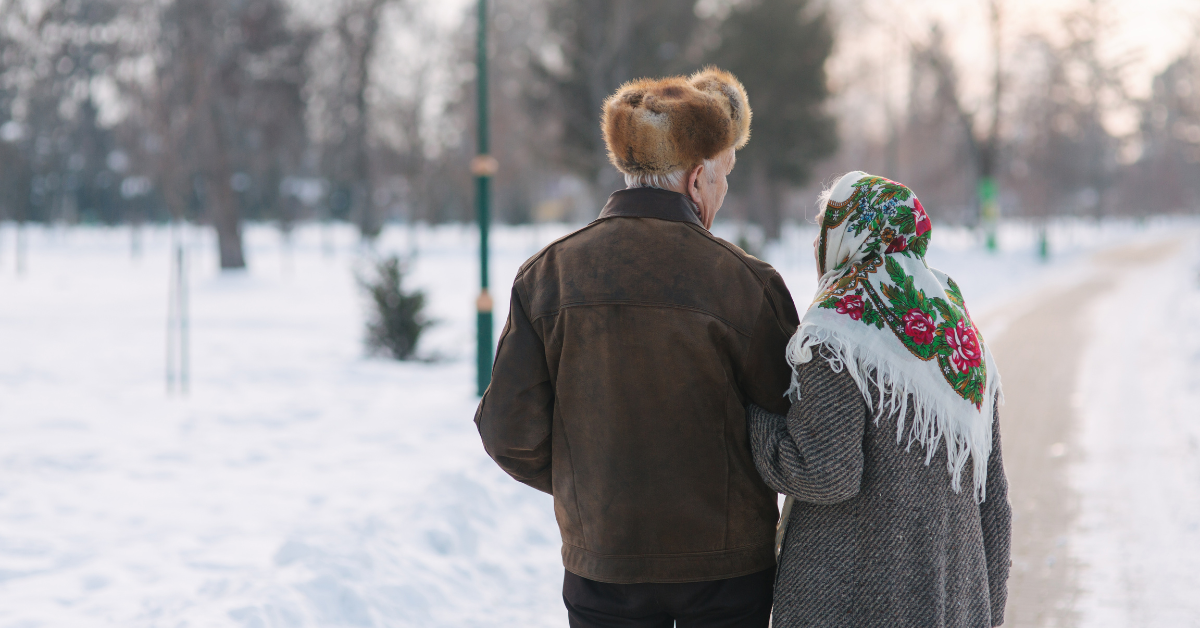There’s nothing like coming home on a cold day to a warm, heated house. But what happens when that heat becomes too expensive to keep you out of the cold?
Cold weather impacts the body’s ability to fight off infections and viruses, which is why it’s so important to stay warm in the cold months. As we age, our metabolic rate decreases, making it more difficult for the body to pump blood where it’s needed and putting seniors at risk of the cold.
Although heat is important to our health in the winter months, it’s also costly. American households that rely on natural gas to heat their homes can expect to pay nearly 28% more in heating costs this winter due to rising fuel prices and cooler weather. Luckily, there are ways to keep your home warm that won’t break the bank.
Even though you shut and lock all your windows and doors, drafts can find a way in. To ensure your home is sealing in the warmth from your heaters, you can use inexpensive tools like shrink wrap or caulk to keep windows and doors airtight. Cloth draft stoppers are also very effective for the bottom of your door. To test if a window is airtight or not, try holding a candle in front of it. If the flame flickers, that means that air can escape from a certain spot.
Heating your entire house can be costly, so the key to keeping warm while saving money is to heat your house strategically. You can set up programmable thermostats to heat rooms at certain times. Magnetic vent covers can also be used to cover vents and force hot air into the desired rooms of your home.
Opening your blinds or curtains when the sun is out can trap the warmth in your home. Closing them when the sun goes down can do the same. Curtains, shutters, and blinds insulate the window’s surface to keep the warm air inside during the nighttime.
The main reason we turn on our heating is to keep our bodies warm, but you can do the same thing by learning how to utilize your natural body heat. Layering your clothes can help your body retain heat, especially with the right type of material. Try focusing on less breathable materials that will trap the air closer to your body and keep you warm, such as wool or high-thread count linen.
Uninsulated flooring can account for nearly 10% of heat loss in your home. Putting down an area rug for wood, tile, or laminate floors can act as an insulator inside your home to retain the heat. Rugs can also be warmer for our feet than bare floors.
Wellzesta
Financial wellness is a part of the eight dimensions of wellness and is crucial in achieving holistic well-being. Wellzesta prioritizes financial wellness on our Life and Elevate platforms.
Wellzesta Life and Elevate provide users with daily wellness content that keeps them financially literate, offers money-saving tips, and guides retirees through financial troubles.
Click here to learn more about how Wellzesta can help your community.




